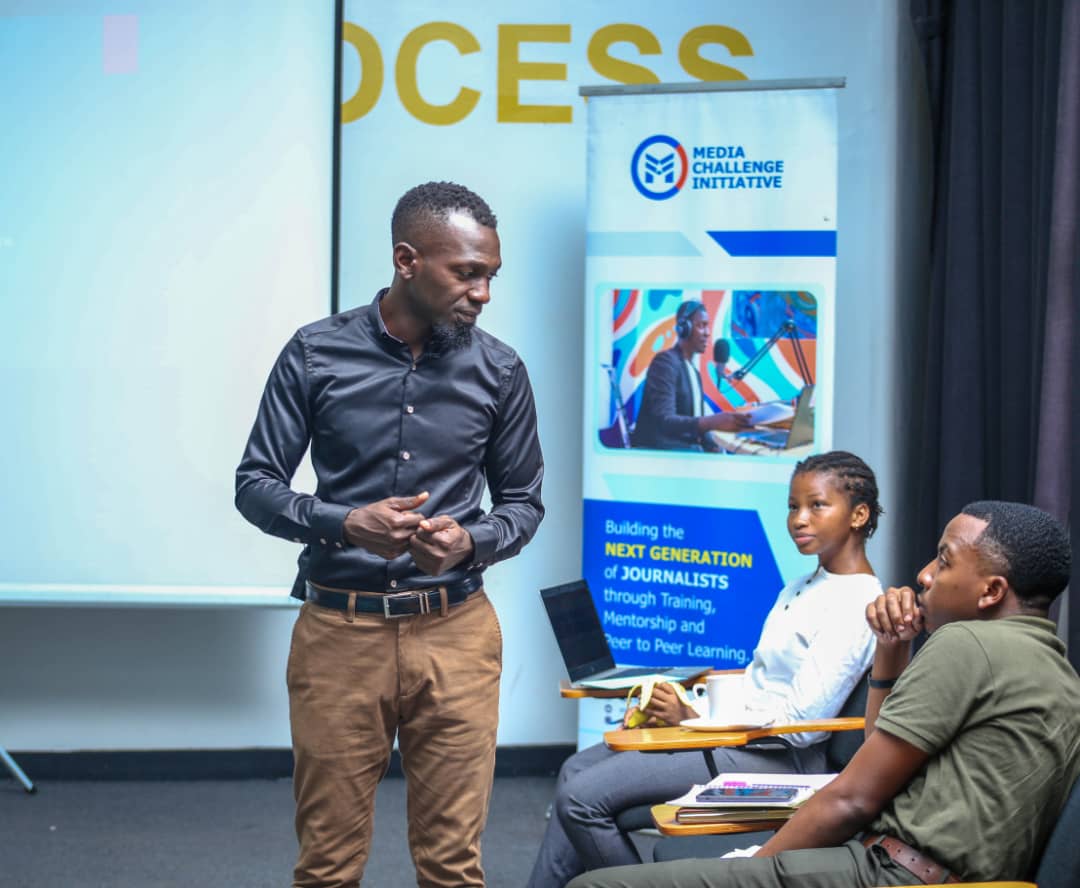Opinion: Design thinking as an innovative model for Ugandan Businesses
By Silver Kayondo
Many entreprenuers usually face challenges in problem identification and solving in their business operations. This is true for both start-up businesses and established ones. It is also a major challenge for both Small and Medium Enterprises (SMEs) and the big multinational companies. In today’s highly innovative business environment, design thinking has become an indespensable tool for ventures looking at sustainable growth. The mantra ‘innovate or die’ comes to mind as brands and businesses can only survive the competitive market demands if they are constantly innovating and offering new value and solutions to their clients.
At its most basic level, design thinking is a solution-based approach to finding what would-be users/clients really need and how to solve those needs in a manner that is both practical and sustainable. The process is comprised of prescriptions for innovation of products and services within business and social contexts through contextual analysis, problem finding and framing/identification, ideation and solution generating, creative thinking, sketching and drawing, modelling and prototyping, testing and evaluating.
According to the Interaction Design Foundation, the term “design thinking” can be traced to computer scientist and Nobel Prize laureate Herbert A. Simon who was the first to mention design as a way of thinking in his 1969 book, Sciences of the Artificial. From the 1970s, Design Thinking steadily evolved in the design community before entering the mainstream industry in the 2000s. Since then, mainstream professionals in fields such as technology, law, education and business have also begun applying Design Thinking.
Design thinking’s creative strategies, tools and methododologies are multidisciplinary in nature, borrowing from fields such as management, ethnography, computer science, psychology and organizational learning. Design teams use the “Design Thinking” model to resolve poorly defined or unknown problems (technically called “wicked problems”) because the process involves reframing these of problems in human-centric ways, allowing the design thinker to focus on what is most important for users/customers and focussing on adding value to the user experience. Organizations such as Apple, Facebook, Uber, Coca Cola, IBM, Ford, Nike, Walt Disney, Procter & Gamble, and AirBnB have applied this model in their business processes.
In the Ugandan context, the challenges of access to data, market and information assymetries, limited automation and other technological barriers create an even more compelling case for adoption of design thinking models. As noted by Roger Martin, author of the Design of Business.
“Design-thinking firms stand apart in their willingness to engage in the task of continuously redesigning their business…to create advances in both innovation and efficiency—the combination that produces the most powerful competitive edge.”
At its core, design thinking relies on human ability to be intuitive, recognize patterns, and construct ideas that are emotionally meaningful as well as functional. At the core elements of business lies empathy and experimentation to arrive at innovative solutions. Briefly, this process entails the following;
Silver Kayondo is a commercial lawyer, technology enthusiast, venture capital advisor and Fourth Industrial Revolution evangelist.
Twitter: @SilverKayondo
Email: lawyerkayondo@gmail.com













